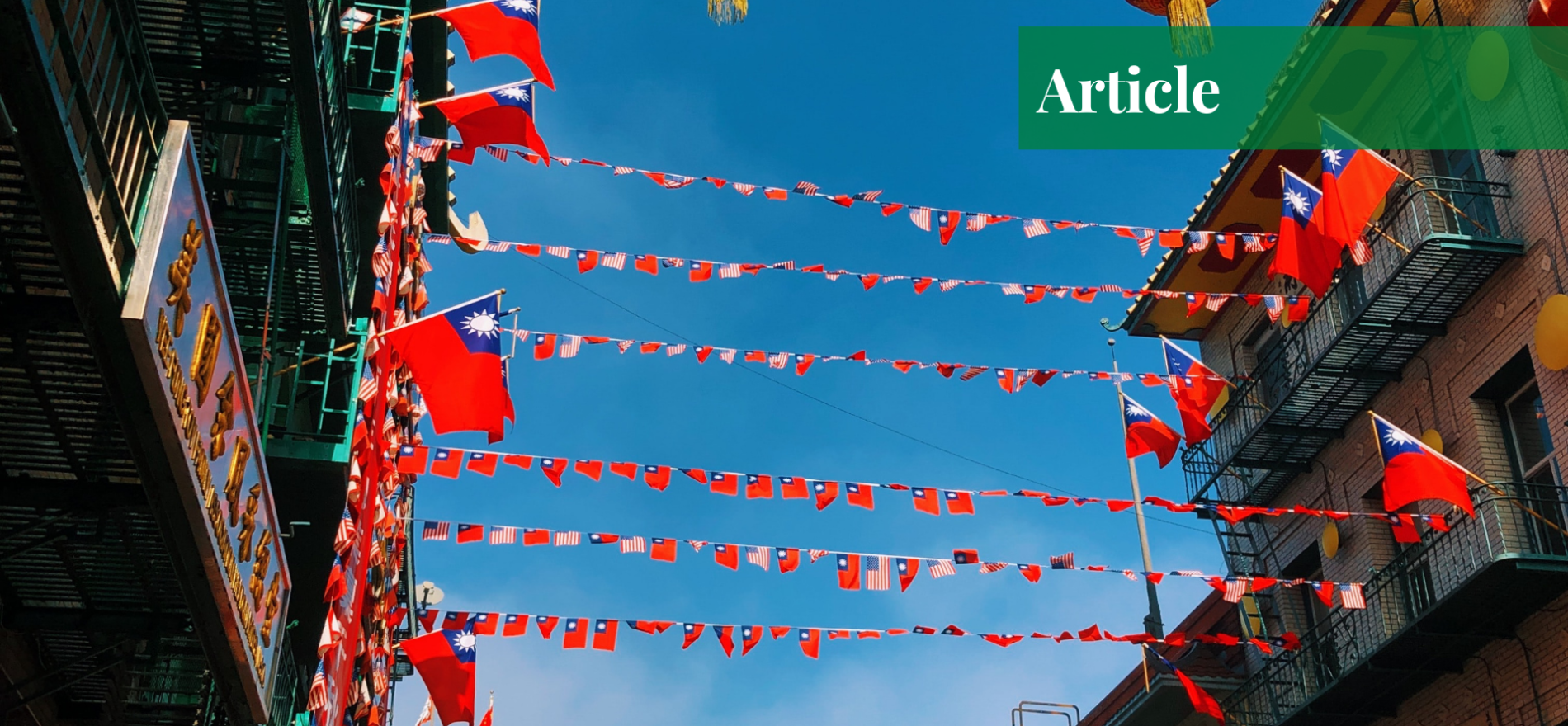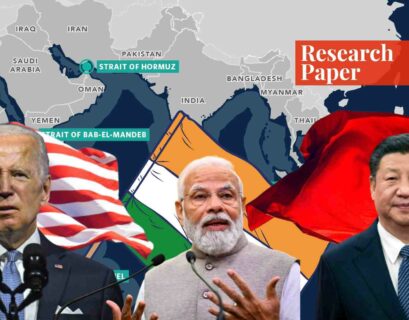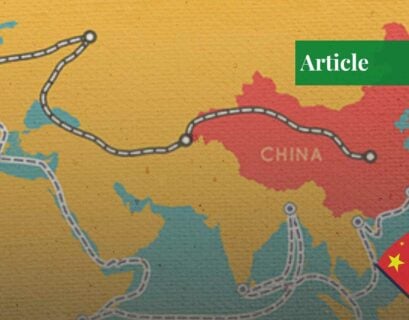Muhammad Abdullah is a law student at the University of London. He holds a profound interest in international relations and current affairs.
Introduction
Taiwan, also known as the Republic of China (ROC), is a self-governing island located just about a hundred miles off the coast of China, with a population of about 23.57 million. Taiwan has a very complicated history, from Qing Dynasty to the modern Chinese rule. Taiwan’s history is one of the reasons why the island refuses to be under the control of another state. considers itself a sovereign state but has not yet been recognized by the United Nations. Taiwan is a major economic and cultural ally to many nations but the question of formal independence still remains
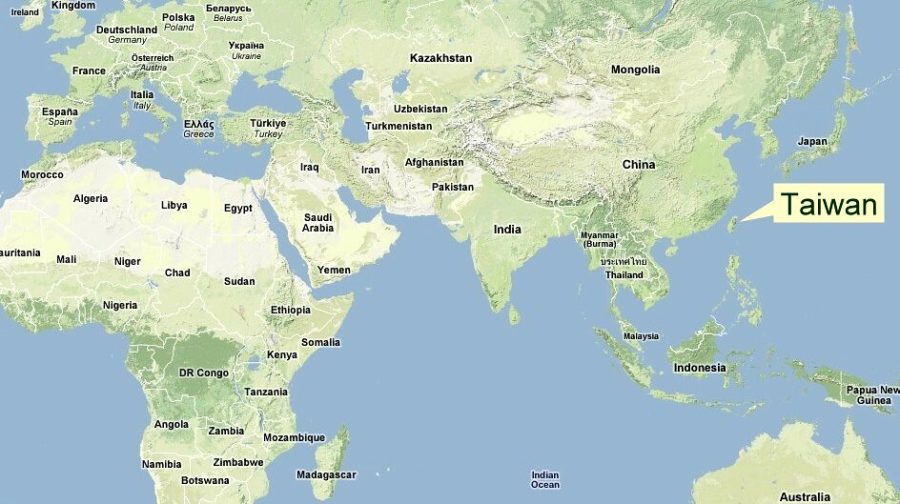
Taiwan’s History
Dutch and Spanish Rule
In the early 17th century, the Dutch East India Company recognized the island of Taiwan as a major trade and military hub. They established a base in Taiwan, made use of Chinese laborers for their plantations, and built major forts in Taiwan. In this way, the Dutch presence increased significantly in the early 17th century; making this period a significant part of the history of Taiwan. This was the start of Taiwan’s history of being a Dutch colony.
The Dutch were making use of their trade and military bases for their benefit, but the Spanish Empire thought of the presence of the Dutch as a threat to the Spanish colony in the Philippines. With an uncertain history between the two countries, things got heated and the Spanish colony in the Philippines was threatened. Both the Dutch and the Spanish had been erecting military bases and forts to invade each other’s colonies.
In 1633, after getting defeated by the Chinese in the Battle of Liaoluo Bay, the Dutch wanted to colonize Taiwan. Punitive measures were taken for the villages of Taiwan that supported China in the war. Many punitive attacks resulted in hundreds of Taiwanese murdered. The Spanish were also ejected from the island. Dutch rule was established, with major trade and exports taking place.
The Kingdom of Tungning
A revolution driven by Zheng Chenggong, also known as Koxinga, led to the capture of the Dutch fortresses in Taiwan in 1661, and the Dutch dynasty was taken over. The previously Dutch-owned military strategic bases were now bases of Koxinga. Under his dynastic rule, Taiwan was referred to as the Kingdom of Tungning.
Four months after the takeover of the bases, Koxinga died. His son, Zheng Jing took over the regime and led the troops in order to relocate their bases, towns, and ports. During this time, major waves of immigration were seen. Men were promised free eastern land cultivation in exchange for military services, as there were chances of a Qing invasion.
The Qing Rule
Due to a naval engagement in 1683, Koxinga’s grandson surrendered to the Qing. From 1683, the Qing rule began. Illegal immigration during the Qing rule was on peak. In order to control this, immigration to Taiwan was limited. About two million immigrants from China, including the Han and Hakka people, came to Taiwan.
In the next few years, there were British suggestions to seize the area of Taiwan. In the Sino-French War (1884-1885), the French tried to invade Taiwan but were later defeated by the Qing forces in the Battle of Tamsui. In the late 18th century, defensive bases were made by the Qing dynasty.
Around the 1870s, the relations between Japan and the Qing dynasty started to become worse after the Mudan massacre, in which 54 crew members of a shipwreck were killed by the Taiwanese. The Japanese forces attacked the Mudan village in 1874, killing about 30 Taiwanese people.
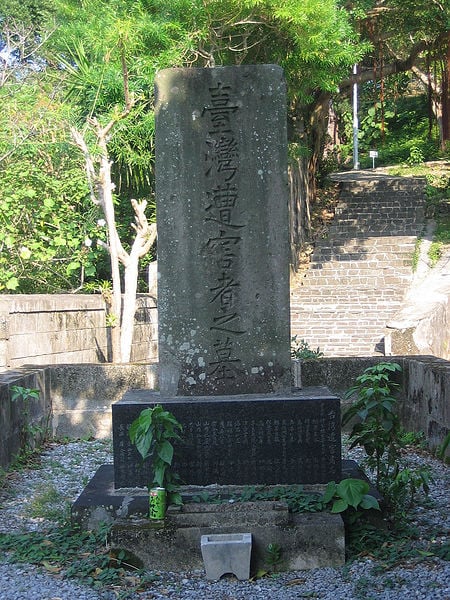
Because of the loss of the Qing forces in the First Sino-Japanese War, Qing forces had to cede Taiwan and Penghu to Japan. According to the Treaty of Shimonoseki in 1895, the Japanese would have sovereignty over Taiwan for 50 years, until 1945.
The History of Japanese Rule over Taiwan
While tracing the history of Taiwan, it can be noticed that during the early years of Japanese rule, huge resistance to the reign was seen. In the late 1930s, there was a rise of militarism in Japan, due to which Japan sought war resources as well as material in order to engage in the upcoming wars. In the 1940s, the Taiwanese were encouraged to take part in the war effort. The history of Taiwan suggests that throughout the early years of Japanese rule, the influence of Japan in Taiwan’s society was extremely high, as Japan enforced the Japanese language and clothing in Taiwan.
In addition to social practices, the Taiwanese people were also encouraged to serve in the Japanese army, and efforts were made for Japanese nationalization. The Taiwanese drafted into the Japanese army or navy were referred to as Taiwanese Imperial Japan Servicemen; of the more than 200,000 servicemen, 30,000 were killed. As a result of the war, the people of Taiwan had to suffer many losses in the form of Taiwanese casualties and major economic losses.
The Japanese colonial government in Taiwan was responsible for developments in the country such as constructing harbors and hospitals. The infrastructure also improved in the Japanese era. Mainly, the sanitation system of the island was improved which resulted in less exposure to diseases in the people such as cholera and malaria.
The Japanese rule made Taiwan progress in the economic and educational sectors. In addition, transportation developments such as the progression of highways, construction of public clinics throughout the country of Taiwan, and political stability were also seen in this era. After World War II, on October 25, 1945, the Japanese forces formally surrendered the governance of the island of Taiwan to China.
Chinese Rule
After the surrender of Japan, Taiwan was ruled by China. Following the massacre of February 28th, Taiwan was put under martial law in 1949. Throughout the Cold War, the Chinese had a firm hold on Taiwan due to the martial rule placed in 1949. The martial law was lifted in 1987. As there was a heavy influence of the Japanese government on Taiwan, the nationalist government of China put a ban on anything that was relatively Japanese in Taiwan.
High economic growth was to be seen under the Chinese rule in Taiwan; as the post-war period consisted mostly of lack of goods and materials as well as an inflation-struck depressed economy. Around 1953, the economy stabilized almost as much as in the pre-war era. With a stabilized economy and exports, Taiwan progressed towards a well-nurtured progressive state. Industrialization, along with growth in agriculture, accounted for most of the progress of Taiwan.
Modern Taiwan
In a debate on the question of reunification of the People’s Republic of China and The Republic of China, most of the Taiwanese population prefers being a sovereign nation by themselves. The People’s Republic of China, however, wants the opposite to the extent that such laws are passed which require the Chinese military to attack Taiwan if they ever declare independence.
In the midst of the China-Taiwan conflict, the Taiwanese show clear opposition to the influence of China in Taiwan today. Several protests are seen, which are against the growing influence of China over Taiwan. A vast majority of the Taiwanese population vocally supports the movement of becoming an independent nation, but most of the Taiwanese people prefer to be in the same state as now.
Since the progression of democratization in modern Taiwan, the pro-independence movement has seen a steady rise. Most people prefer to be called “Taiwanese” rather than “Chinese”. William Lai of the Democratic Progressive Party and the premier of Taiwan stated that he was a “political worker” who supports the pro-independence movement of Taiwan. But Taiwan, by then, was already virtually an independent nation, known as “The Republic of China”, without any need of declaring formal independence.
If you want to submit your articles and/or research papers, please check the Submissions page.
The views and opinions expressed in this article/paper are the author’s own and do not necessarily reflect the editorial position of Paradigm Shift.
